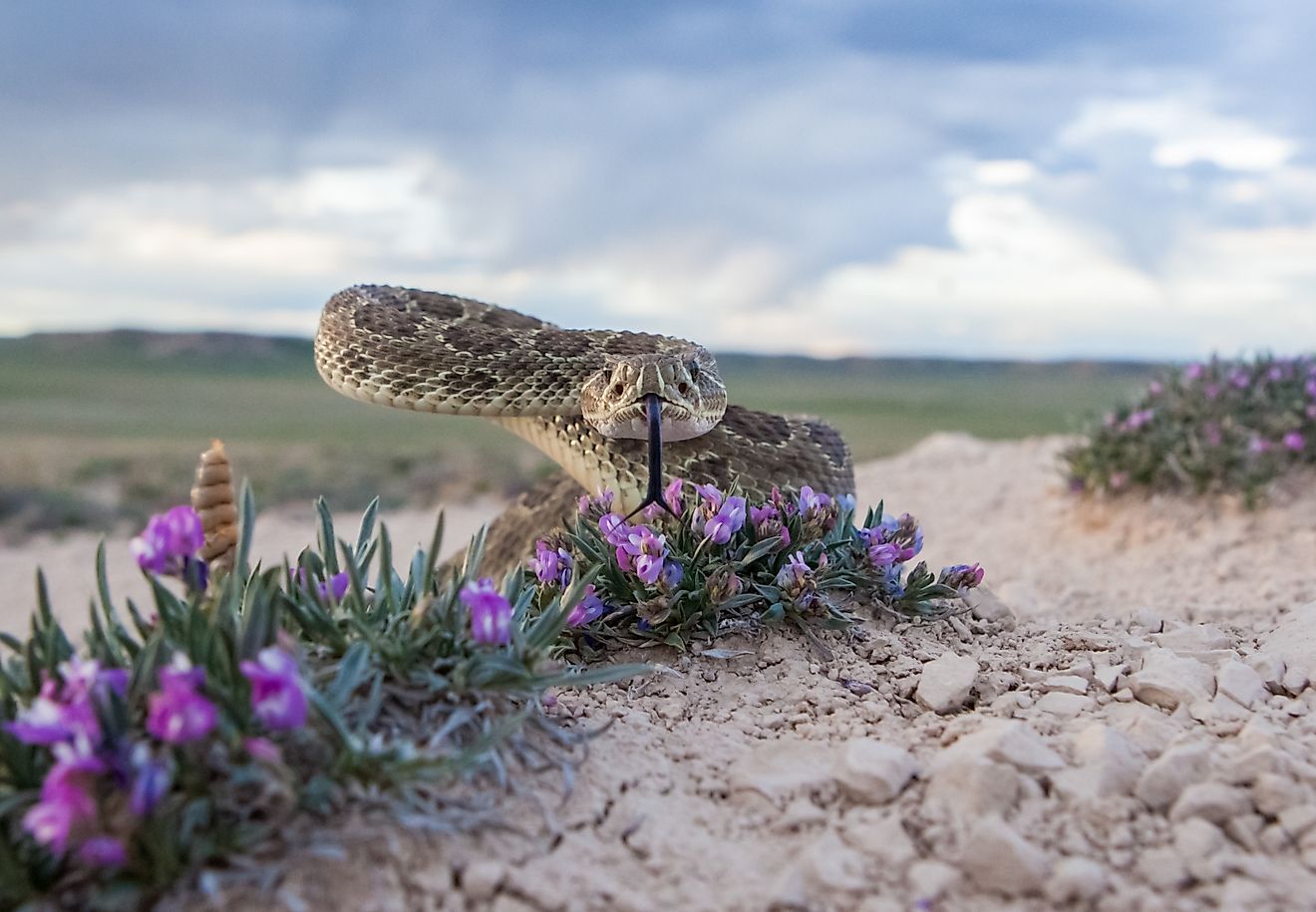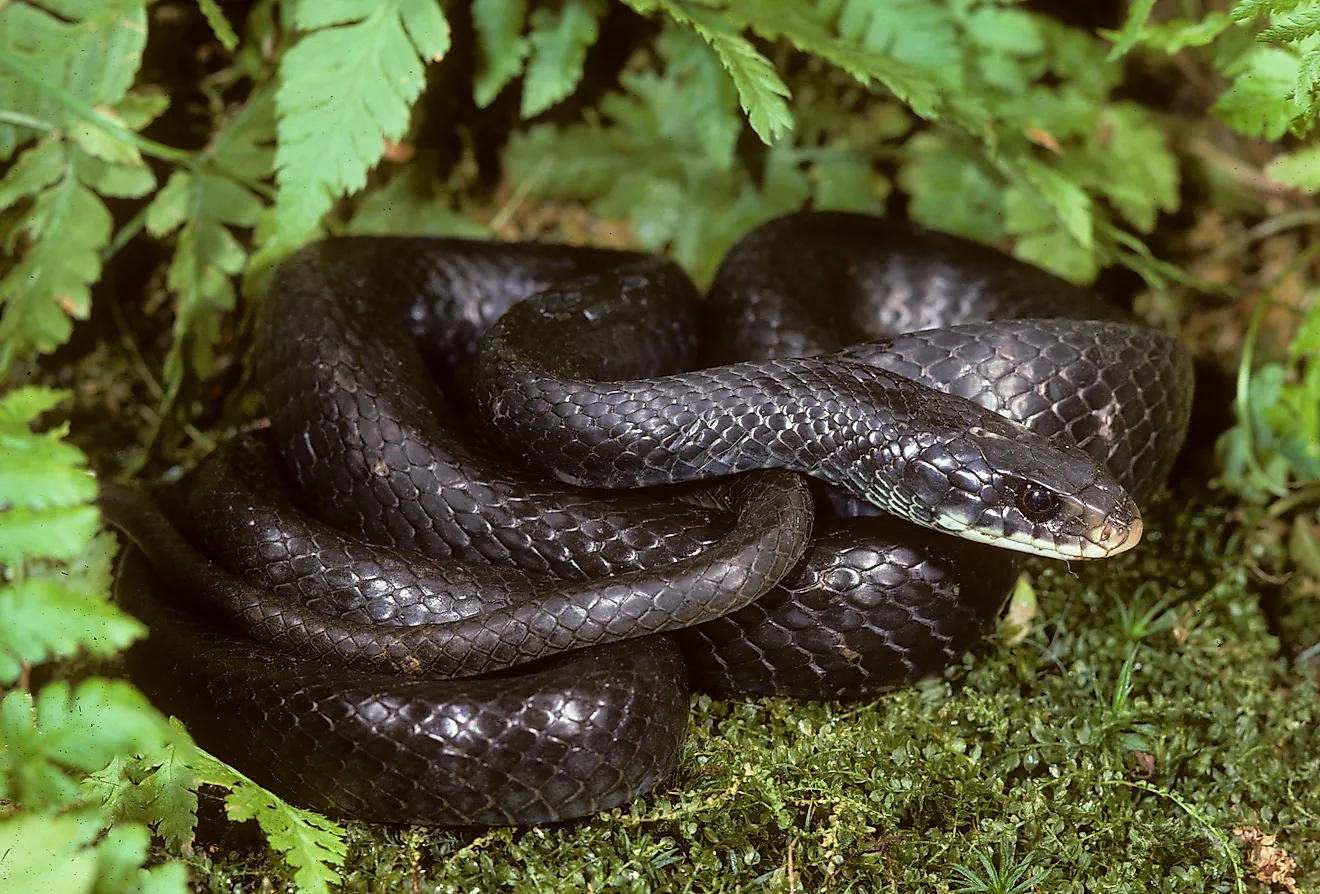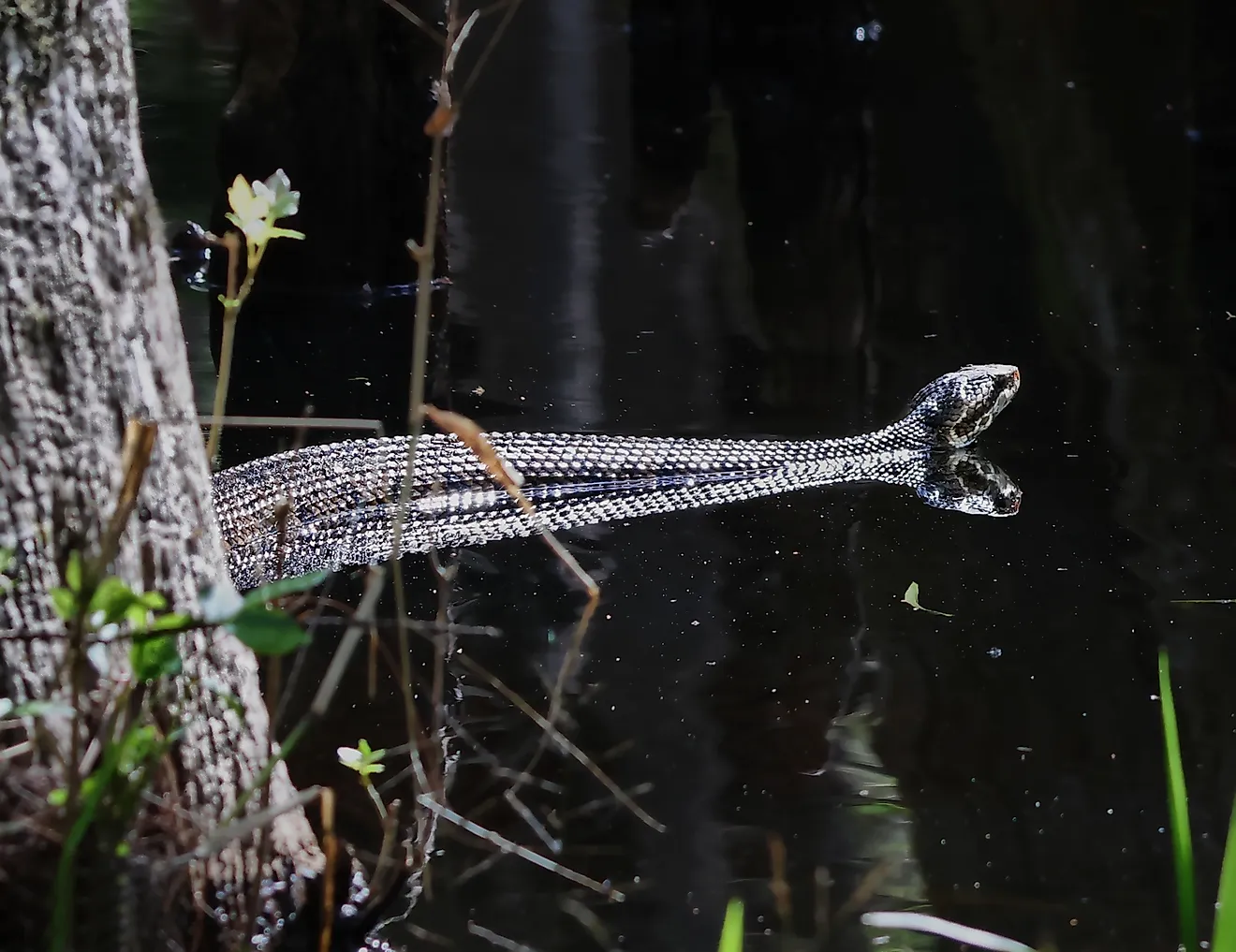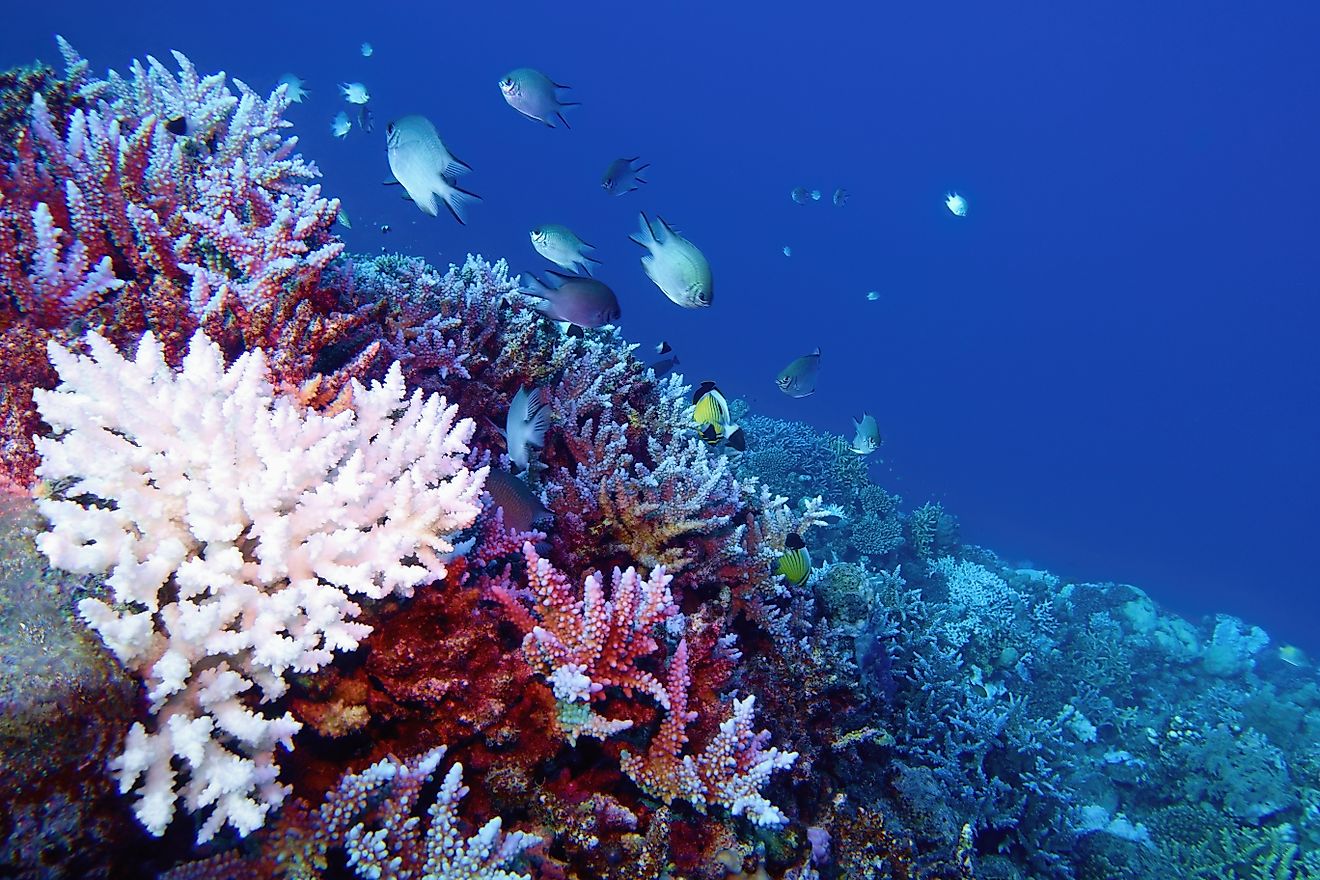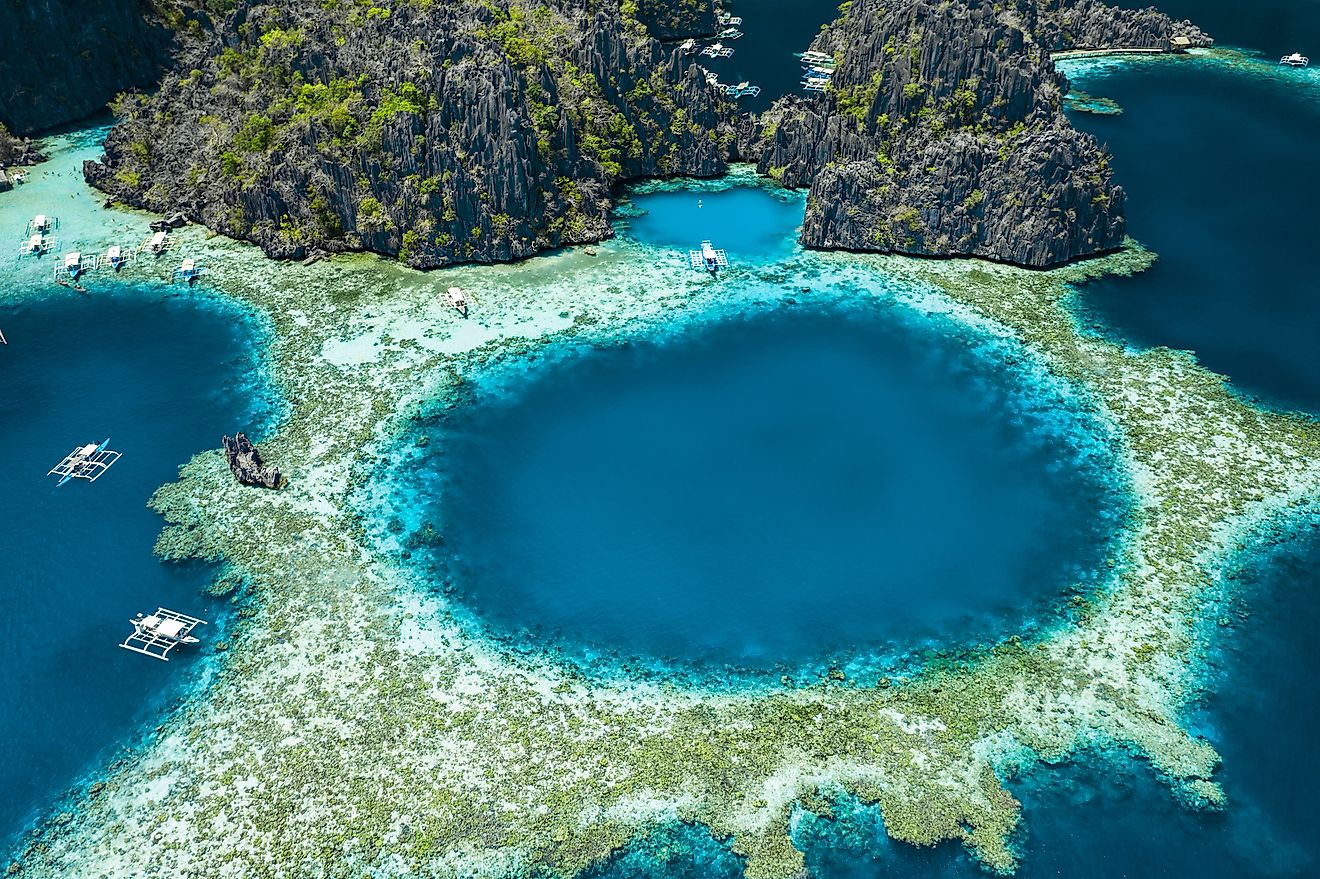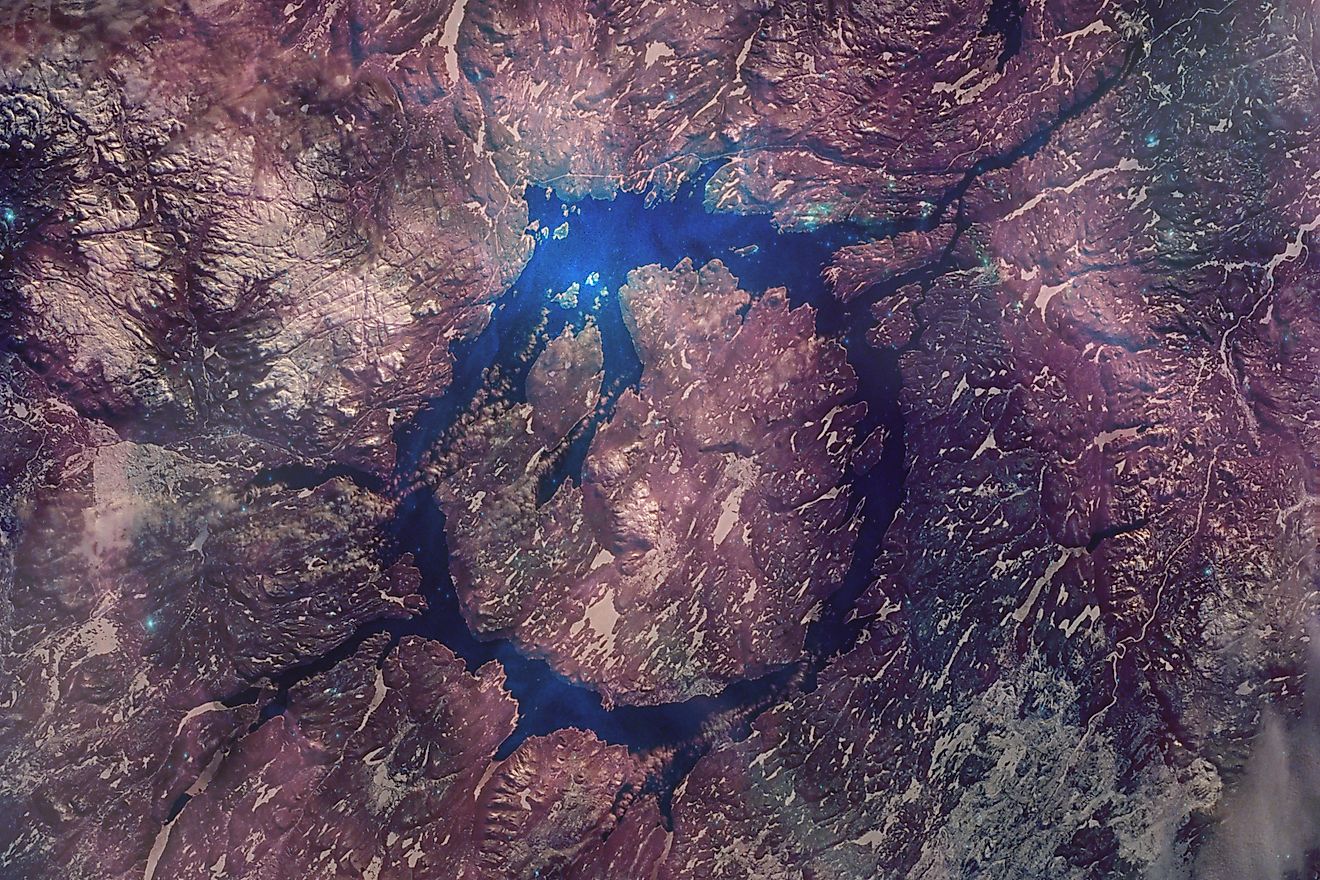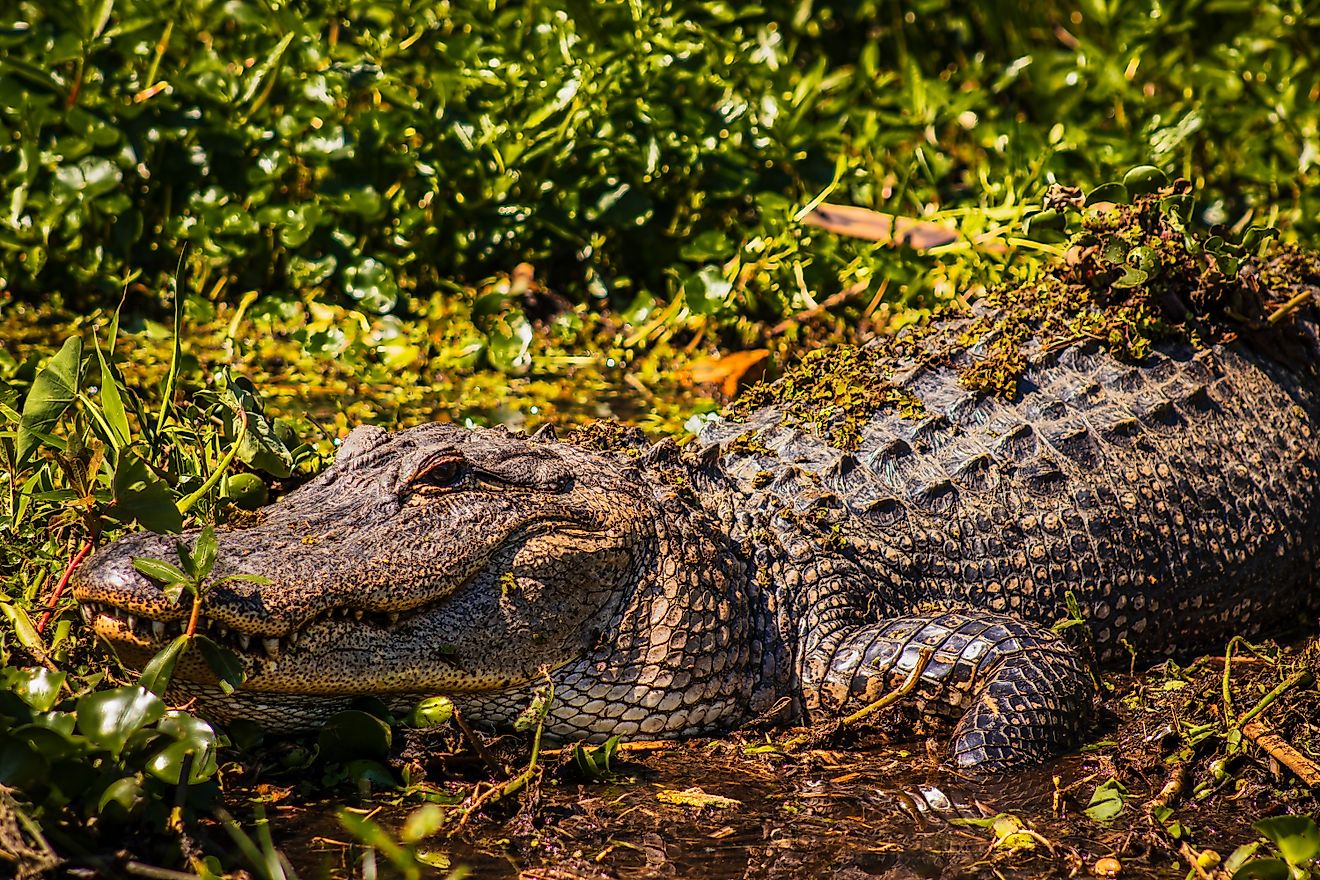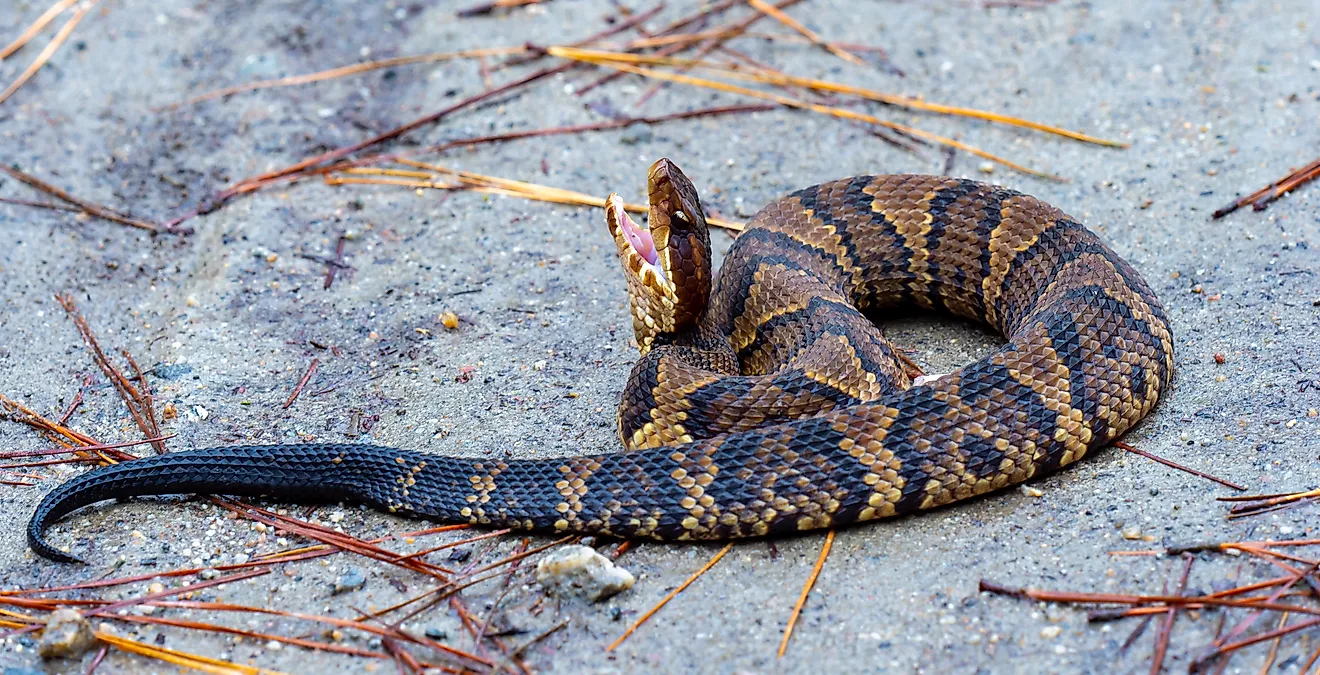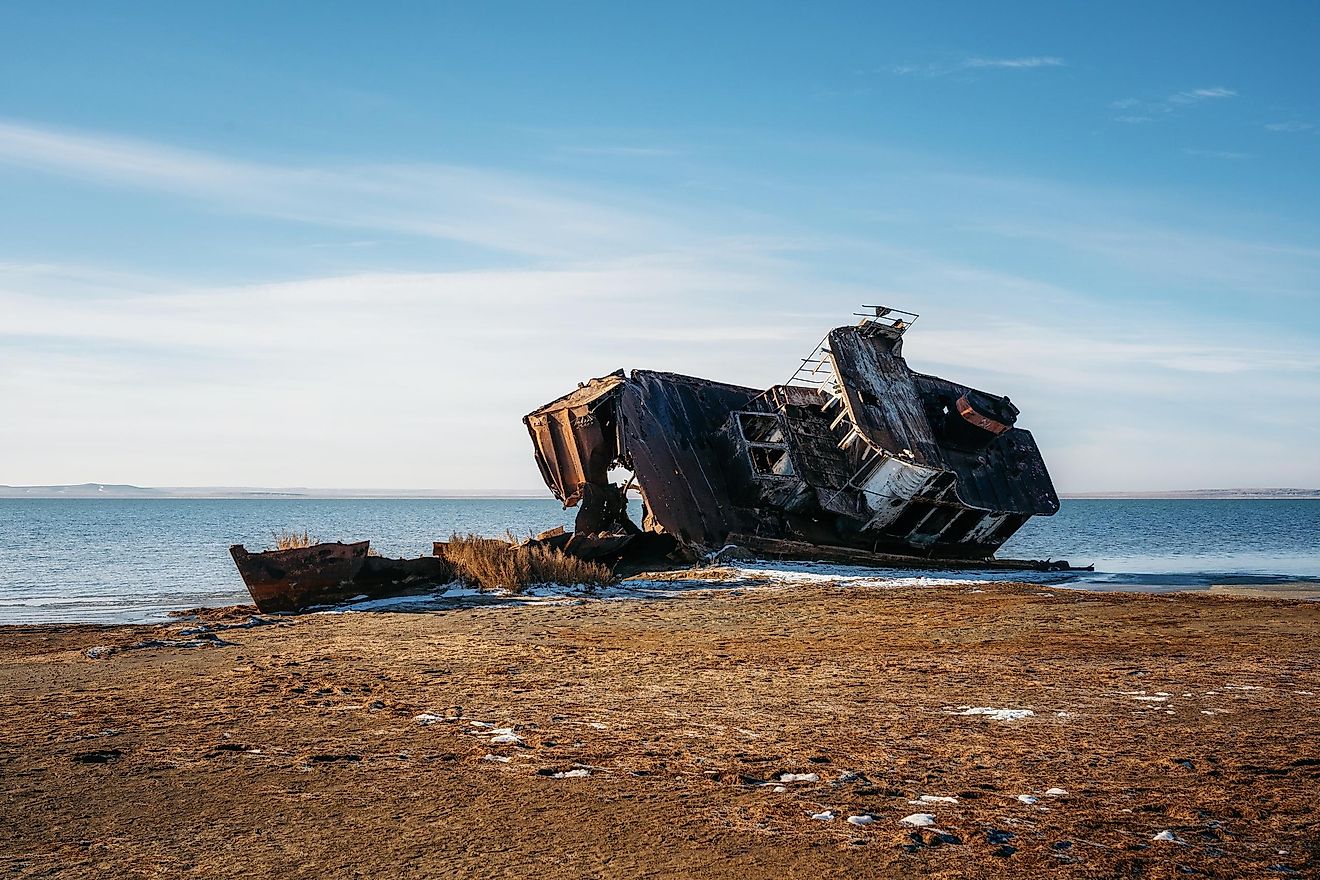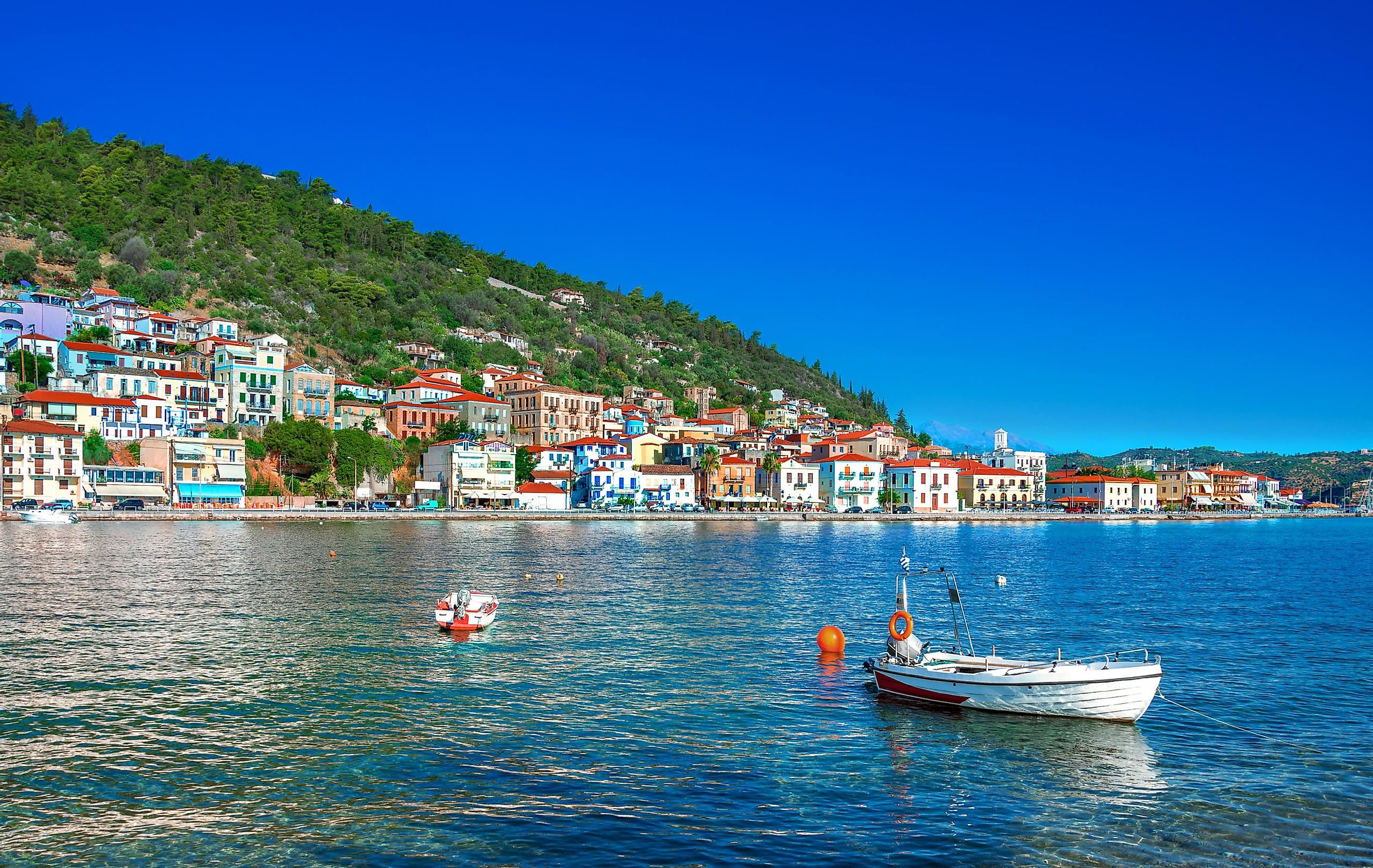
Gulf Of Laconia
A gulf is when a landmass surrounds a large body of water in three distinct directions. The Gulf of Laconia is no different, and the southern tail of the Greek mainland claims it. Due to this central Mediterranean location, the Gulf of Laconia has witnessed thousands of years of history related to Greek, Roman, Byzantine, and even Ottoman Influence. The geography is additionally enrapturing, with warm islands hiding in the shadow of nearby mountain ranges. Given the welcoming nature of its climate, many species of animals have made their homes in and around the Gulf, similar to their human neighbors. Overall, the Gulf of Laconia is a region with substantial importance to human history as well as the ecosystems that depend on it.
Geography Of The Gulf Of Laconia
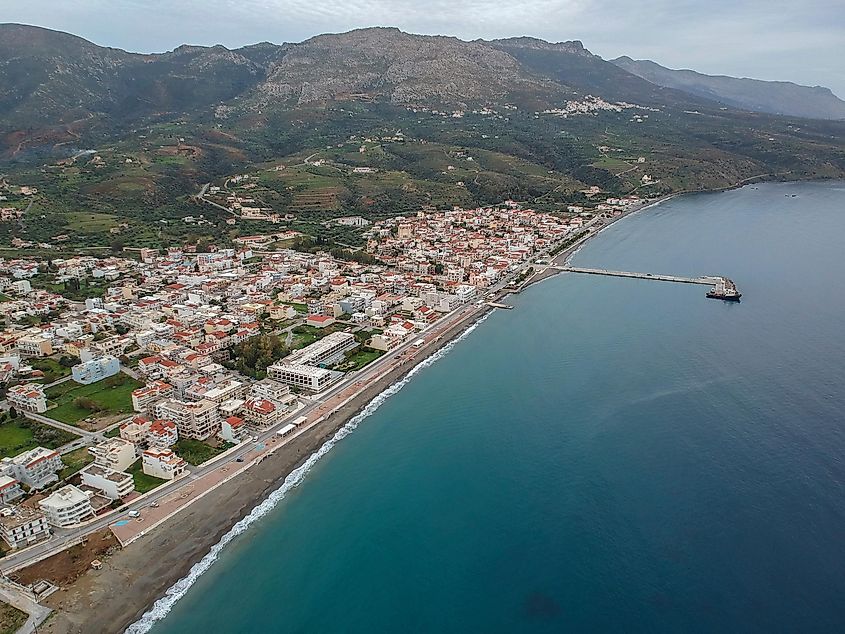
The Gulf of Laconia, a significant body of water in the southern part of the Peloponnese peninsula in Greece, encompasses an area of approximately 700 square miles. It stretches from the southwestern coast of the Anatoliki Mani peninsula to the island of Kythira, bordering the Mediterranean Sea to the south. The Gulf's primary entrances lie between the southernmost point of the Malea Peninsula and Cape Matapan, with the Sea of Crete to the east. In regards to climate, the Gulf of Laconia experiences hot, dry summers and mild, wet winters.
In and around the Gulf, numerous towns have established presences and personalities for themselves. Gytheio, situated on the northwestern coast of the Gulf, serves as the largest town and port in the area. Neapolis, another port town, lies on the northeastern edge of the Gulf, providing access to the island of Elafonisos (which is also reachable from a ferry in the town of Pounta). Kapsáli, located on the southern coast of Kithira Island, boasts a deep history with a Venetian castle perched on a massive rock formation overlooking the sea. Additional castles and structures are sprinkled around the area.
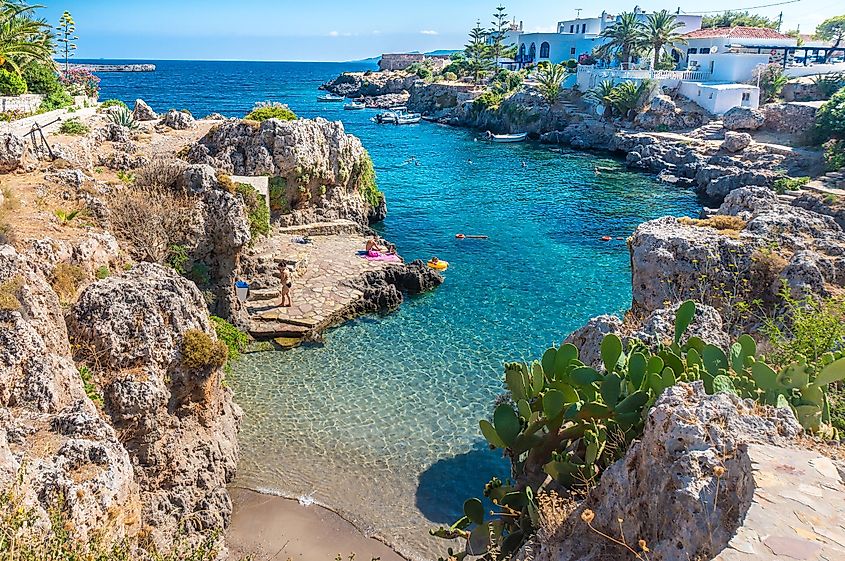
The Gulf of Laconia contains several islands, the largest of which is Elafonisos. This island, located in the northeastern part of the Gulf, is known for its stunning beaches and turquoise waters. Other smaller islands, such as Pavlopetri and Kranai, are scattered throughout the Gulf.
The Gulf's topography exhibits a diverse range of features, from sandy beaches to rocky cliffs. Mount Parnon, a mountain range that runs along the northern side of the Gulf, reaches an elevation of 6,348 feet at its highest peak. The Taygetos Mountains, on the western side of the Gulf, also contribute to the area's rugged landscape. The Diros Caves, located on the western coast, offer a sublime subterranean experience, showcasing an intricate network of chambers and tunnels filled with stalactites and stalagmites. Boat tours are available for those curious enough to delve inside.
History
The origins of the Gulf's history trace back to the Bronze Age, around 1600 BCE, when the Mycenaean civilization established its presence in the area. The Mycenaeans left their mark with a variety of architectural structures, such as fortified palaces and tombs, which have since become key archaeological sites.
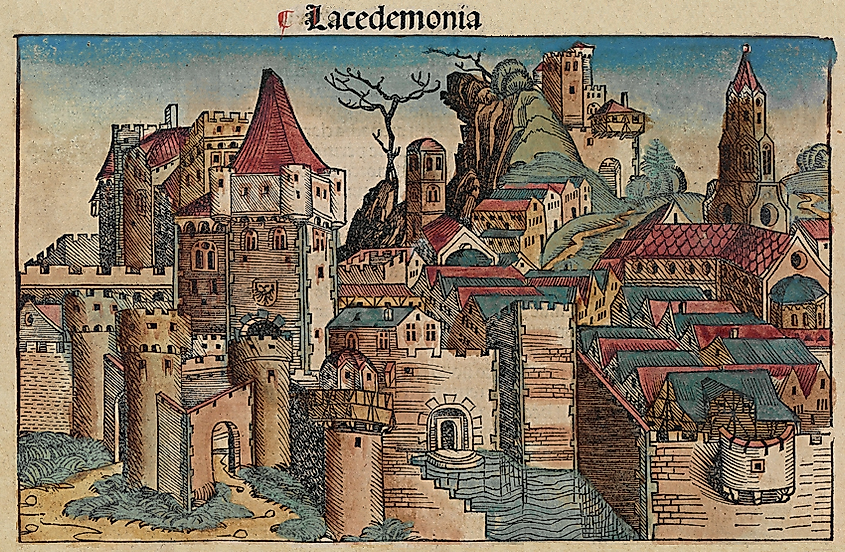
During the Classical period, the city-state of Sparta emerged as a dominant power in the region. As one of the most influential and formidable city-states in ancient Greece, Sparta shaped the Gulf's history through its military prowess, unique societal structure, and the Peloponnesian War against rival Athens. The Gulf of Laconia's strategic location allowed Sparta to maintain control over the surrounding lands and engage in maritime trade.
Following the decline of Sparta in the Hellenistic period, the Gulf of Laconia became part of the Macedonian Empire under the rule of Alexander the Great. Later, it fell under the control of the Roman Empire. During this time, the region experienced significant urban development, with the construction of aqueducts, theaters, and other public works.
The Byzantine period, spanning from the 4th to the 15th century CE, witnessed the Gulf of Laconia's transformation into an essential hub for the Eastern Roman Empire. Monemvasia, a coastal town built on a massive rock formation, became a vital stronghold and trading center for the Byzantines. The region's fortifications, churches, and monasteries are emblematic of this era.
In the early 13th century, Frankish Crusaders occupied the region, establishing the Principality of Achaea, which held control over the Gulf of Laconia for nearly two centuries. The subsequent Ottoman occupation, beginning in the mid-15th century, lasted until the Greek War of Independence in the early 19th century. Ottoman rule left a lasting impact on the region with the construction of mosques, baths, and other architectural elements.
Following the Greek War of Independence, the Gulf of Laconia became part of the modern Greek state. Throughout the 20th century, the region faced various challenges, including economic hardships, population decline, and the effects of two world wars.
Flora And Fauna Of The Gulf Of Laconia
The Mediterranean maquis, a dense shrubland consisting of evergreen plants like holm oak, juniper, and myrtle, dominates the Laconia region. Olive trees, which are vital to the local economy, also contribute to the area's vegetation. The Aleppo pine and the endemic Greek strawberry tree further are also present in the Gulf's plant life.
In terms of fauna, the Gulf of Laconia supports numerous marine species, such as sea turtles, dolphins, and various fish. The loggerhead sea turtle, a protected species, is a notable inhabitant of the region's waters. The Gulf's coastal areas serve as important nesting sites for these turtles. Additionally, the Mediterranean monk seal, one of the world's most endangered marine mammals, can occasionally be spotted along the region's coastline. Bird enthusiasts may also encounter Eleonora's falcon and the Audouin's gull, two significant bird species that inhabit the area.
Economic Importance Of The Gulf of Laconia
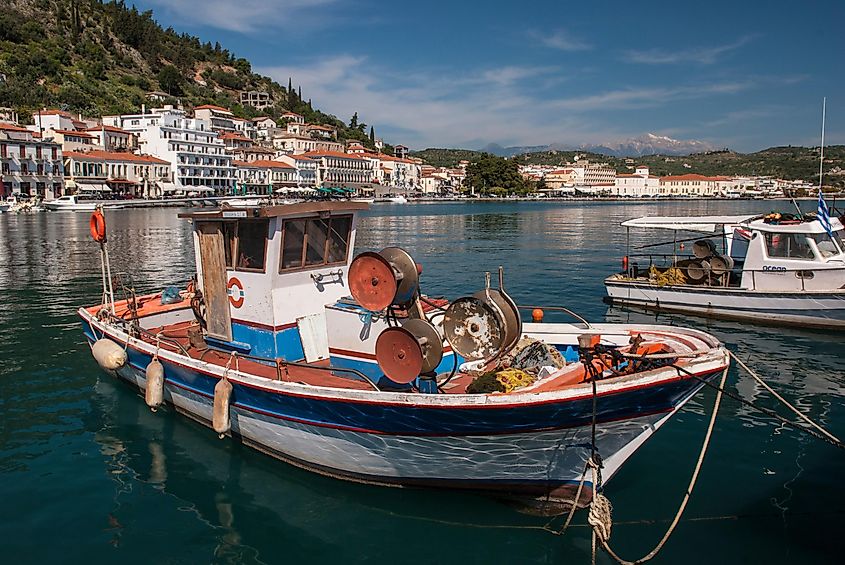
The Gulf of Laconia's blend of traditional sectors - agriculture, and fishing - coexists with modern industries like tourism and renewable energy. Tourism, spurred by the region's beautiful beaches, historical towns, and archaeological sites, supports a vibrant hospitality industry and promotes eco-tourism and agri-tourism, showcasing local vineyards and natural landscapes. Agriculture, benefiting from fertile lands and climate, primarily focuses on olive oil production, citrus fruits, and wine grapes. Fishing, thanks to the Gulf's rich marine biodiversity, remains economically significant, with aquaculture emerging as a sustainable alternative. Recent renewable energy initiatives harness the region's abundant sunlight and wind, creating jobs and attracting technological investment. Last, there is a niche manufacturing sector that processes local agricultural products, notably olive oil and wine, while smaller enterprises tend to craft traditional souvenirs.
From the shimmering waters of Elafonisos to the historical vestiges of Sparta, the Gulf of Laconia is more than a region; it is a history of resilience, adaptation, and fortune. Many species are happy to call the Gulf home, as are the modern-day human occupants living peacefully on its coasts. However, considering the many ruins and secrets that have been discovered on its shores, one cannot help but wonder at the sunken treasures and narratives of ancient battles that may lie in its watery depths. Perhaps, if we are lucky, time will reveal those secrets.

